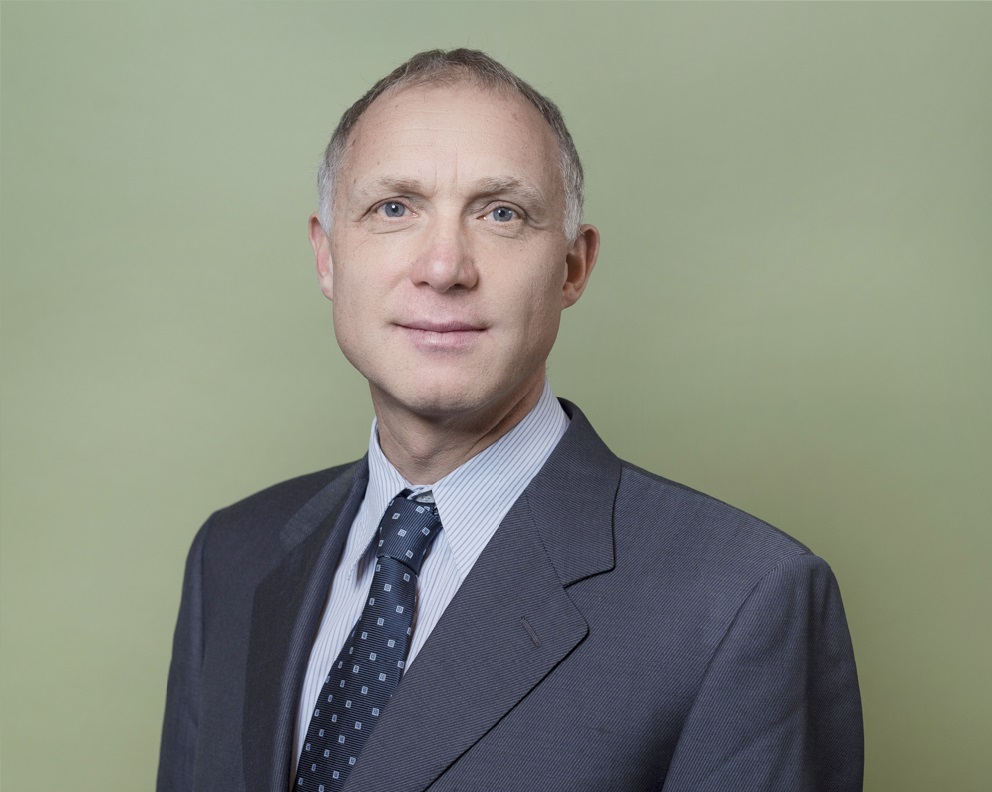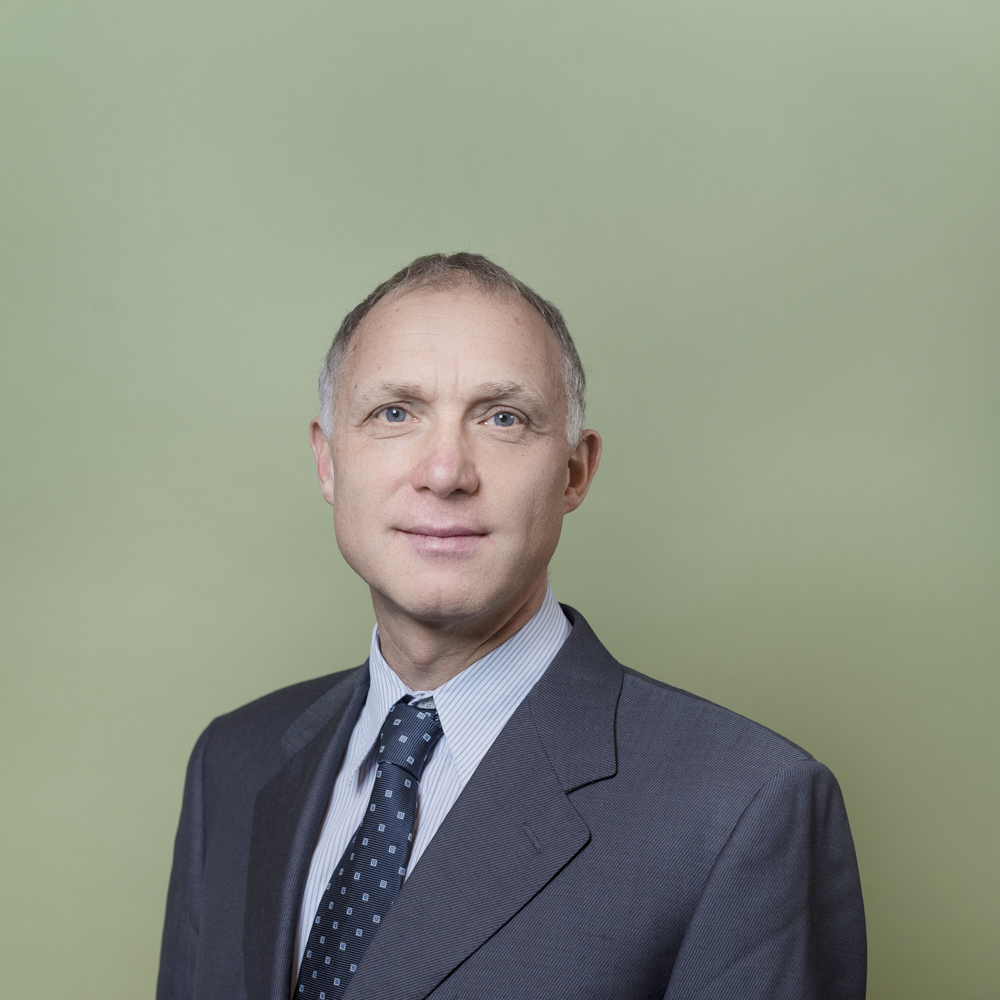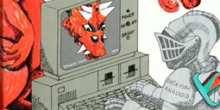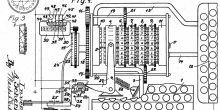On Tuesday 31st of May the KNAW organized the webinar "Verbonden tegen Covid-19 - Hoe netwerken pandemieën verspreiden en bestrijden" (Connected against Covid-19 - How networks spread and combat pandemics).
Almost 250 viewers followed the webinar, either via Zoom or via Youtube. The webinar was in Dutch and can be seen online on Youtube. My impression is that the automated translation in Youtube does a rather accurate translation, so don't hesitate to watch it!
The idea to organize this webinar came from Frank den Hollander, professor of mathematics at Leiden University and vice-president of the Domain Board Natural and Technical Sciences (Domeinbestuur van NTW). As mentioned earlier the program included four speakers, Piet Van Mieghem, Mirjam Kretzschmar, José van Dijck and Arnout van de Rijt.
Directly or indirectly networks played a crucial role during the Corona health crisis. During this online event the speakers shed light on the relevance of networks in combating the epidemic, each one from a different point of view, namely from that of the exact sciences, medicine, communication and social sciences respectively.
Interview with professor Piet Van Mieghem
After the webinar I interviewed professor Piet Van Mieghem, professor at the Delft University of Technology with a chair in telecommunication networks and chairman of the section Network Architectures and Services (NAS) since 1998. His main research interests lie in the modelling and analysis of complex networks (such as infrastructural, biological, brain and social networks) and in new Internet-like architectures and algorithms for future communications networks.

During the webinar Piet Van Mieghem talked about a very important duality in network science. Namely, the duality between function and structure of a network.
“This duality is the essence of network science. We always study a network with some function, such as a process running on the network or a service (like Internet). For example, consider a telecommunication network, then the functionality refers to communication between two points A and B on the network, which could represent two individuals or two companies. In this case a flow of data packets is sent from A to B. On the other hand, structure refers to the underlying topology or graph of the network.”
In case of the spread of a virus, the function refers to the propagation of the virus over the contact graph, namely the rate or time at which individuals become infected and the time for an individual to recover. On the other hand, the structure refers to the underlying virus transmission contact network which shows how individuals come in contact. In this context, a contact is not just a social contact, but a virus transmission contact. There is a virus transmission contact between two individuals when they are close enough to each other for a sufficiently long time period which makes it possible for the virus to transmit.
“In order to fight the virus it is crucial to study and have information about both the process, i.e. the properties of the virus, and also the underlying contact network. This contact network is very important. A good way to get a representative picture of the contact network is using a digital app for example, which can collect mobility information of individuals. Such contact and mobility details can help enormously in eradicating the small outbreaks that occur every now and then. Moreover, it is possible to develop an effective app that detects all infected (even the notorious asymptomatics). The necessary technology is available. Of course, there are various political and societal issues that need to be settled before launching such an app. I think the most important is to give a perspective to the citizens, that if we all use the digital app then we help the public health system as a whole and we can reduce the spread of the virus to virtually zero. It is a trade-off between privacy and national health.”
During this whole period of the Corona health crisis you worked very intensively on analyzing the data of the RIVM. Could you tell us some things about the research you have done in your group?
“During the last three months I have worked, together with my team, very intensively on Covid-19. At the beginning of the Corona crisis I received, together with other scientists from various disciplines as well, an official invitation from the RIVM. In an online meeting professor Jacco Wallinga, head of the department Modelling of Infectious diseases of the RIVM, suggested 7 themes of interest to RIVM and asked us to focus on these themes. My group at TUDelft could directly work on two of those themes: one on the modelling of virus spread and the other on exit-strategies. It was very interesting to work in such a multi-disciplinary team, we worked for more than one month intensively as a team.
Virus spread in networks is described by rate parameters and the underlying contact network. For example in a simple SIR (or SIS) model, the rate at which individuals get infected and the rate at which individuals recover. If you know these two parameters and the structure of the contact network, then you can compute the probability of infection in any node of the network. In order to make predictions on the short term spread of the virus, we worked on the inverse problem and proposed an efficient algorithm, called NIPA, Network Inference-based Prediction Algorithm. Suppose that you do not know these two parameters neither how the underlying network looks like, but you have measurements of the number of infected people in each node (i.e. a region) as a function of time. Such measurements are released by the RIVM. Using these measurements NIPA estimates the parameters, from which the evolution of the spread can be predicted, fairly accurate in the next one, two or three days. Performing more measurements, both medical measurements and also mobility measurements, makes predictions more accurate. We published all the results of our research on our website and updated the estimates on a daily basis.”
A lot of material and articles discussing in more detail the concepts we just touched upon during this interview can be found on the website of the TU Delft. Piet Van Mieghem has also written an article discussing in more detail the research his group has done during the last months.






